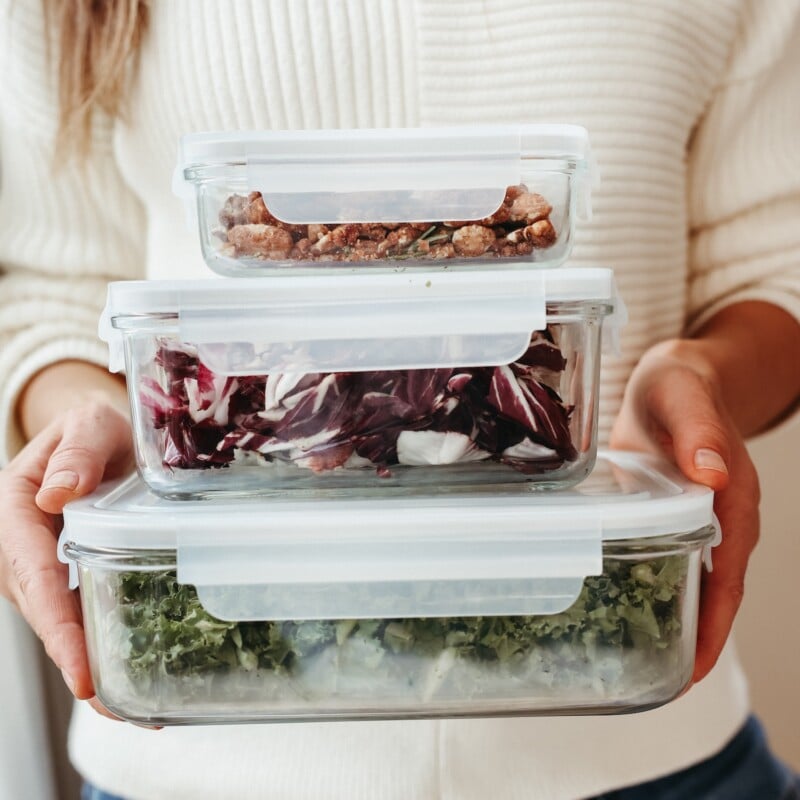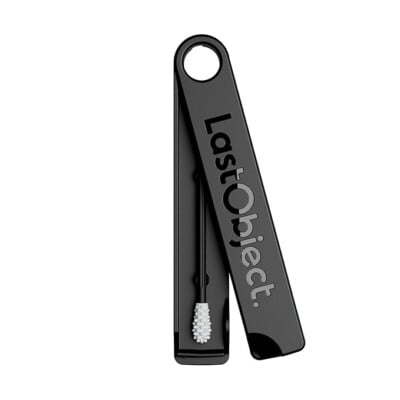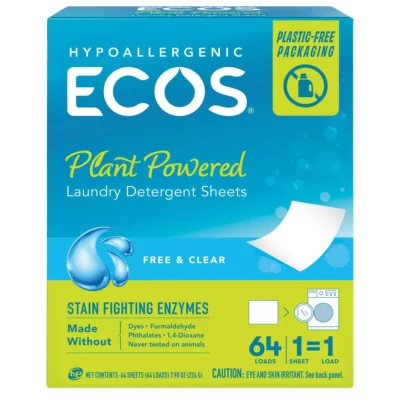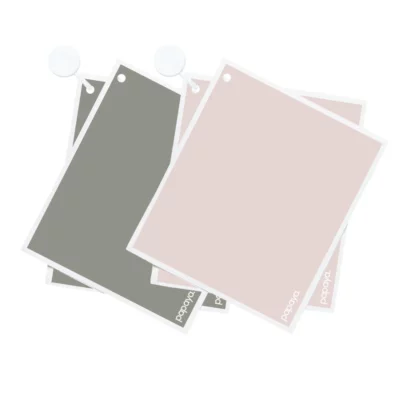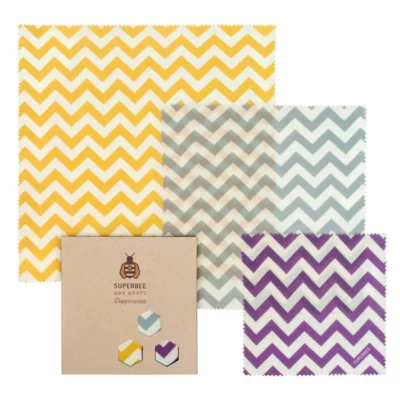We may receive a portion of sales if you purchase a product through a link in this article.
I know, I know. Talking about the environment these days feels depressing at best and cataclysmic at worst. Content streams in from every available source: real-world examples that paint a dire picture of what we have left and the time running out to save it. Plastic seems to be a recurring villain for good reason—showing up everywhere from Mt. Everest to breastmilk, but let’s flip the script a bit. Instead of feeling like the weight of the world rests on our shoulders alone, let’s infuse some hope. Remember, light gets in through the cracks.
To prime our daily habits with more earth-conscious choices can feel empowering. It doesn’t have to be all-or-nothing, but by making small, subtle shifts away from what’s easiest (read: which is often in plastic) we can slowly remind ourselves that convenience isn’t always the answer. There are natural, attainable, plastic-free solutions all around. Let’s look at a few of them that can make a difference over time.
Feature image by Michelle Nash.
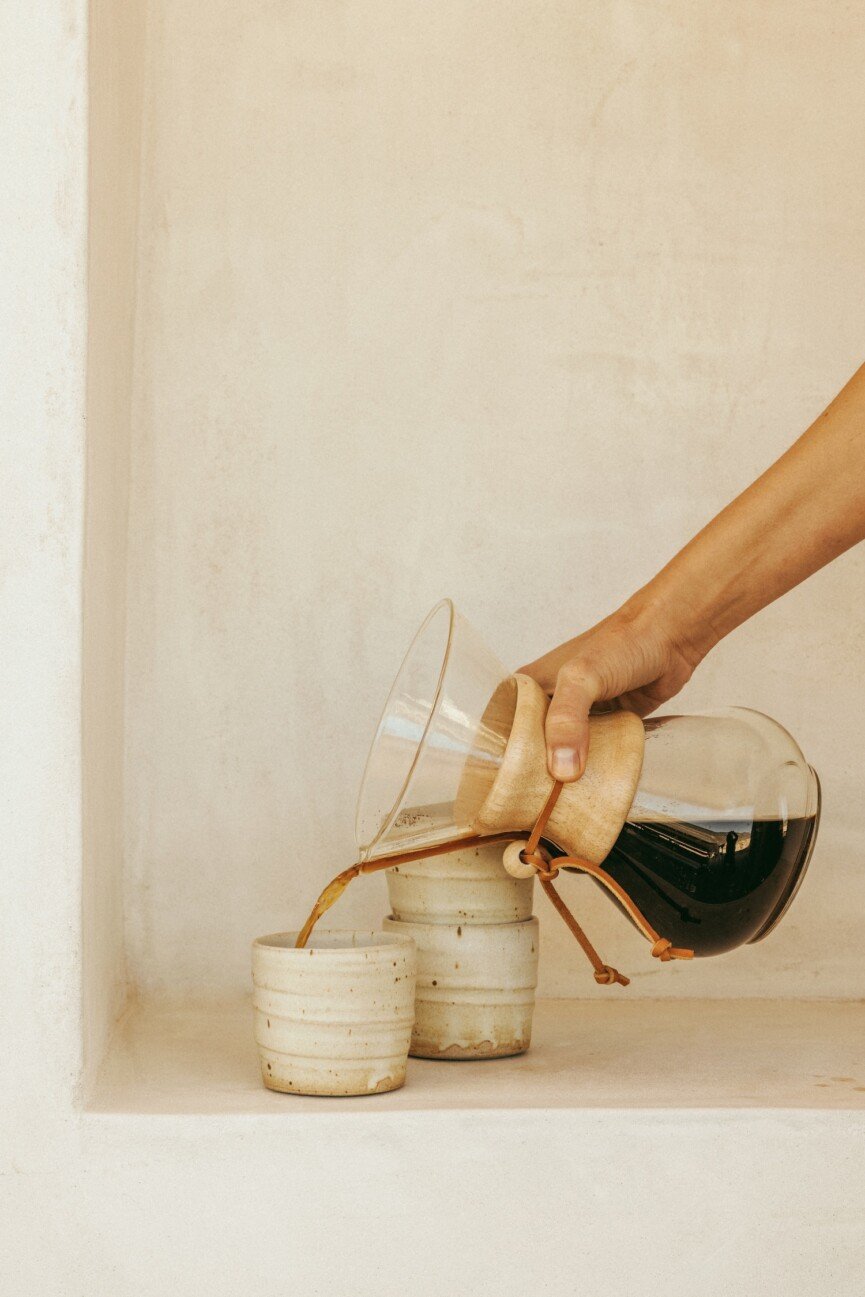
Simple Swaps That Stick
You want to use less plastic, but how? It feels impossible, for every paper straw there seem to be a dozen shrink-wrapped vitamin bottles. But rather than trying to quit plastic cold turkey, start by examining your daily routines with one-off swaps that can eliminate future plastic purchases.
- Reusable grocery and produce bags. Store them in a place you’ll see them before leaving the house, like the back of your garage door, car trunk, or hanging on a key rack.
- Refillable water bottles and travel mugs. Invest in ones that you’ll actually want to use, travel well, and clean easily. I love using a solid copper bottle to infuse my water with additional beneficial ions. Also, PSA: There’s increasing evidence that those to-go coffee cups are lined with forever chemicals.
- Beeswax wraps or silicone lids instead of plastic wrap. You’ll be surprised at how many uses you’ll find for these once you start. They’re great motivators to keep going and maybe swap out ziplock bags for compostable ones next.
- Bar soap and shampoo bars. One of the easiest swaps to make is to return to the soap dish—it’s also far more aesthetically pleasing and can make your bathroom smell wonderful, naturally.
- Dish soap and detergent in refillable or glass containers. This also makes it less likely you’ll run out when you need it. Replace or refill the larger container after you last refill the smaller one.
Helpful tip: Pick one room—like the kitchen or bathroom—and focus on that space to start.
Rethink Your Shopping Habits
Ever notice how much clutter in those junk drawers is actually made from plastic? Reducing plastic in your home begins by bringing less plastic into it. Without noticing, we can easily accumulate more than we want or need, and while this doesn’t eliminate plastic per se, by choosing less of it we can lessen the demand for it over time.
- Choose products with minimal or no packaging. This goes for the plastic produce bags at supermarkets too. (Put them directly into your cart and wash fruit and veg when you get home.)
- Support refill shops or bulk bins. Think about the staples you’re buying most often. Rice? Oats? Beans? Quinoa? There’s most likely a bulk option for that.
- Say no to freebies or samples in plastic. Do you really need more SWAG? Only say yes to what you can’t live without.
- Opt for glass, metal, or cardboard when possible. Plastic often connotes a one-time or last-minute use. If you find yourself surrounded by plastic [fill in the blank]s, consider that a clue you’re reaching for something often and its reusable counterpart might serve you better.
Quick win: Keep a “plastic-free kit” in your car or bag with a reusable tote, utensils, straw, and waterbottle.
Make It a Lifestyle, Not a Chore
Going plastic-free, or more sustainable in general, isn’t something to check off a to-do list. It’s a mindset shift more than anything, so give yourself grace with how you get there—there’s no single right way. The best way is to develop habits that naturally integrate with your lifestyle and align with what you’re already interested in.
- Try DIYs you’ll actually use. Start with something easy, like all-purpose cleaner, glass cleaner, or laundry detergent.
- Use up current products before buying new “eco” ones. The most sustainable product is the one you already have (less waste is less waste!). Make a mental note to switch to a plastic-free option once something runs out.
- Talk to your kids, friends, or partner about why this matters. There’s power in numbers. Share with humility that you’re trying to be more conscious of limiting plastic in your life—you’ll be surprised at how many want to do the same. Encourage each other.
- Celebrate the small wins. Track your progress or set mini goals every time you make a swap. Calculate your plastic footprint for more awareness and accountability.
Reminder: Intentional action adds up.
…by making small, subtle shifts away from what’s easiest (read: which is often in plastic) we can slowly remind ourselves that convenience isn’t always the answer.
Go Beyond the Basics (When You’re Ready)
Making a few smaller swaps now can lead to long-term change later on. Once you prove to yourself that you can become more mindful of plastic use, you’ll discover there’s always a next step. It will start to feel second-nature to notice the choices afforded to you and how empowering it is to be your own force of change instead of going with the flow.
- Learn how to compost to reduce food waste. Hint, hint: It’s easier than you think.
- Switch to a plastic-free razor, toothbrush, or deodorant. Beauty products can be some of the hardest swaps, since they’re designed to be replaceable—but it is possible! Look for stainless steel, bamboo, paper, or glass options.
- Get crafty. If something breaks, fix it. Brush up on mending, patching, and sewing skills so your first thought isn’t always, “I need to get a new one.” Embrace the wabi-sabiness of the beauty of imperfections.
- Sign up for a local cleanup or advocacy group. Giving back to your community is motivation to see tangible change in real time.
- Choose brands committed to sustainability and plastic-free packaging. They’re out there and they need your support. A quick internet search of “plastic-free [fill in the blank]” before buying something can yield a new favorite find.
Starting Small > Never Starting
Reducing plastic usage isn’t about getting it perfect—it’s about showing up in small, meaningful ways and building those habits over time. Don’t get discouraged by continually thinking about how far you have to go. Even if you started today with just one plastic-free swap, that’s still one more thing you’re doing for the environment than you were doing yesterday. That counts.

